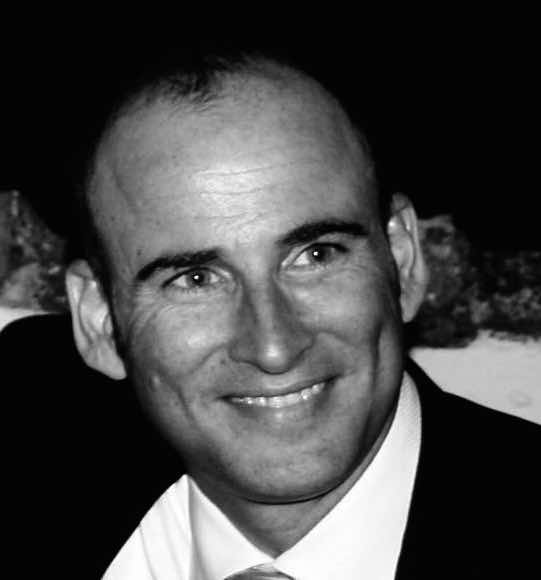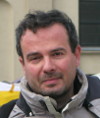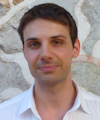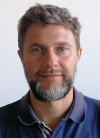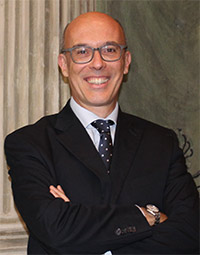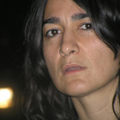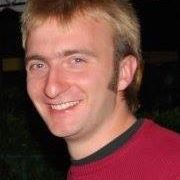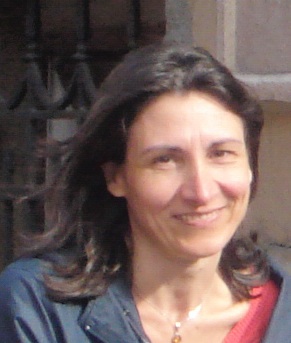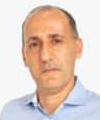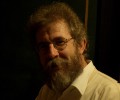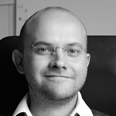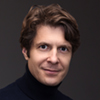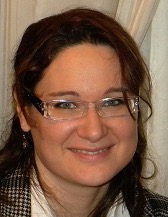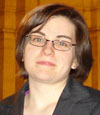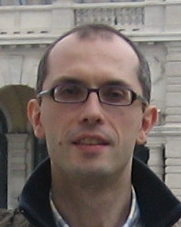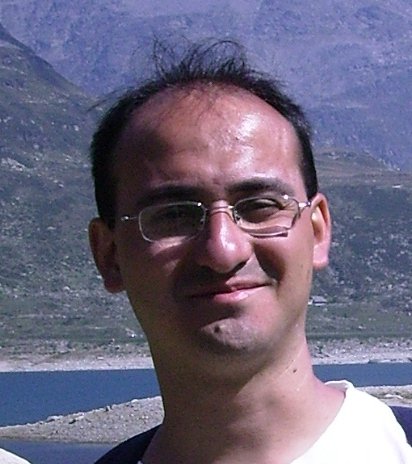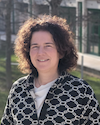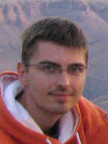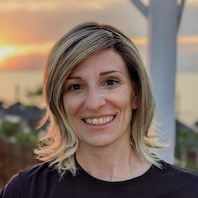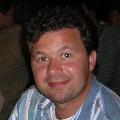Studying at the University of Verona
Here you can find information on the organisational aspects of the Programme, lecture timetables, learning activities and useful contact details for your time at the University, from enrolment to graduation.
Academic calendar
The academic calendar shows the deadlines and scheduled events that are relevant to students, teaching and technical-administrative staff of the University. Public holidays and University closures are also indicated. The academic year normally begins on 1 October each year and ends on 30 September of the following year.
Course calendar
The Academic Calendar sets out the degree programme lecture and exam timetables, as well as the relevant university closure dates..
| Period | From | To |
|---|---|---|
| I sem. | Oct 2, 2017 | Jan 31, 2018 |
| II sem. | Mar 1, 2018 | Jun 15, 2018 |
| Session | From | To |
|---|---|---|
| Sessione invernale d'esame | Feb 1, 2018 | Feb 28, 2018 |
| Sessione estiva d'esame | Jun 18, 2018 | Jul 31, 2018 |
| Sessione autunnale d'esame | Sep 3, 2018 | Sep 28, 2018 |
| Session | From | To |
|---|---|---|
| Sessione di laurea estiva | Jul 18, 2018 | Jul 18, 2018 |
| Sessione di laurea autunnale | Nov 22, 2018 | Nov 22, 2018 |
| Sessione di laurea invernale | Mar 20, 2019 | Mar 20, 2019 |
| Period | From | To |
|---|---|---|
| Christmas break | Dec 22, 2017 | Jan 7, 2018 |
| Easter break | Mar 30, 2018 | Apr 3, 2018 |
| Patron Saint Day | May 21, 2018 | May 21, 2018 |
| Vacanze estive | Aug 6, 2018 | Aug 19, 2018 |
Exam calendar
Exam dates and rounds are managed by the relevant Science and Engineering Teaching and Student Services Unit.
To view all the exam sessions available, please use the Exam dashboard on ESSE3.
If you forgot your login details or have problems logging in, please contact the relevant IT HelpDesk, or check the login details recovery web page.
Should you have any doubts or questions, please check the Enrollment FAQs
Academic staff
 mariacaterina.baruffi@univr.it
mariacaterina.baruffi@univr.it
 alberto.benvegnu@univr.it
alberto.benvegnu@univr.it
 maurizio.boscaini@univr.it
maurizio.boscaini@univr.it
 federico.busato@univr.it
federico.busato@univr.it
 enrico.fraccaroli@univr.it
enrico.fraccaroli@univr.it
 claudio.tomazzoli@univr.it
claudio.tomazzoli@univr.it
Ugolini Simone
 simone.ugolini@univr.it
simone.ugolini@univr.it
Study Plan
The Study Plan includes all modules, teaching and learning activities that each student will need to undertake during their time at the University.
Please select your Study Plan based on your enrollment year.
1° Year
| Modules | Credits | TAF | SSD |
|---|
Mathematical analysis 1
Computer Architecture
2° Year activated in the A.Y. 2018/2019
| Modules | Credits | TAF | SSD |
|---|
3° Year activated in the A.Y. 2019/2020
| Modules | Credits | TAF | SSD |
|---|
One course to be chosen among the following| Modules | Credits | TAF | SSD |
|---|
Mathematical analysis 1
Computer Architecture
| Modules | Credits | TAF | SSD |
|---|
| Modules | Credits | TAF | SSD |
|---|
One course to be chosen among the followingLegend | Type of training activity (TTA)
TAF (Type of Educational Activity) All courses and activities are classified into different types of educational activities, indicated by a letter.
Type D and Type F activities
Modules not yet included
Programming languages (2019/2020)
Teaching code
4S02727
Credits
6
Language
Italian
Scientific Disciplinary Sector (SSD)
INF/01 - INFORMATICS
The teaching is organized as follows:
Teoria
Laboratorio
Learning outcomes
------------------------
MM: Teoria
------------------------
The course provide specific capabilities in the context of programming languages. In particular, it provides the necessary knowledge for operating in design, development and maintenance of software systems, starting form the right choice of the programming language dependent on the specific tasks and features of what should be developed. At the end of the course, the student will have to show: to know and to be able to study and understand new programming languages; to be able to apply the acquired capabilities and knowledge for choosing the programming language depending on what he/she has to develop; to be able to develop necessary expertise for affording the following studies with a sufficient degree of autonomy.
------------------------
MM: Laboratorio
------------------------
Look at the description provided for the module of theory.
Program
------------------------
MM: Teoria
------------------------
Virtual machines: interpreters and compilers. Syntactical descriptions of programming languages: context free grammars. Structured operational semantics. Memory management: scoping rules, functions, procedures, parameter passing, stack of activation records, heap. Control: structuring of statements, abstraction, exceptions. Data and types: data types, base types, structured types, type systems, type inference and polymorphism. Examples of programming paradigms.
------------------------
MM: Laboratorio
------------------------
Introduction of tools for making exercise on the techniques of interpretation of programming languages.
Bibliography
| Activity | Author | Title | Publishing house | Year | ISBN | Notes |
|---|---|---|---|---|---|---|
| Teoria | Robert W. Sebesta | Concepts of Programming Languages (10th Edition) (Edizione 10) | Pearson | 2013 | 0131395319 | |
| Teoria | Maurizio Gabbrielli, Simone Martini | Linguaggi di programmazione: principi e paradigmi (Edizione 2) | McGraw Hill | 2011 | 88-386-626 | |
| Teoria | I. Mastroeni e C. Priami | Semantica Operazionale: Strumenti e Applicazioni | CEDAM | 1999 | 881322138X | |
| Laboratorio | Robert W. Sebesta | Concepts of Programming Languages (10th Edition) (Edizione 10) | Pearson | 2013 | 0131395319 | |
| Laboratorio | Maurizio Gabbrielli, Simone Martini | Linguaggi di programmazione: principi e paradigmi (Edizione 2) | McGraw Hill | 2011 | 88-386-626 |
Examination Methods
------------------------
MM: Teoria
------------------------
Written exam (with mandatory oral exam for evaluations greater than 26/30). The task of the written exam consists in verifying the comprehension of course contents and the capability to reprocessing these contents, also in the resolution of exercises on formal semantics of programming languages. The task of the oral exam is that of verify an advanced comprehension of the course contents allowing a critic analysis and a reprocessing of the studied notions and results. This comprehension may be verified also by asking theorems and proofs. It will be evaluated the possibility of integrating the written evaluation with a project to agree with the professor and which can be made in groups of maximal two elements.
------------------------
MM: Laboratorio
------------------------
Look at the description provided for the module of theory.
Career prospects
Module/Programme news
News for students
There you will find information, resources and services useful during your time at the University (Student’s exam record, your study plan on ESSE3, Distance Learning courses, university email account, office forms, administrative procedures, etc.). You can log into MyUnivr with your GIA login details: only in this way will you be able to receive notification of all the notices from your teachers and your secretariat via email and also via the Univr app.
Graduation
List of thesis proposals
| theses proposals | Research area |
|---|---|
| Analisi e percezione dei segnali biometrici per l'interazione con robot | AI, Robotics & Automatic Control - AI, Robotics & Automatic Control |
| Integrazione del simulatore del robot Nao con Oculus Rift | AI, Robotics & Automatic Control - AI, Robotics & Automatic Control |
| Domain Adaptation | Computer Science and Informatics: Informatics and information systems, computer science, scientific computing, intelligent systems - Computer graphics, computer vision, multi media, computer games |
| Domain Adaptation | Computer Science and Informatics: Informatics and information systems, computer science, scientific computing, intelligent systems - Machine learning, statistical data processing and applications using signal processing (e.g. speech, image, video) |
| BS or MS theses in automated reasoning | Computing Methodologies - ARTIFICIAL INTELLIGENCE |
| Domain Adaptation | Computing Methodologies - IMAGE PROCESSING AND COMPUTER VISION |
| Domain Adaptation | Computing methodologies - Machine learning |
| Dati geografici | Information Systems - INFORMATION SYSTEMS APPLICATIONS |
| Analisi e percezione dei segnali biometrici per l'interazione con robot | Robotics - Robotics |
| Integrazione del simulatore del robot Nao con Oculus Rift | Robotics - Robotics |
| BS or MS theses in automated reasoning | Theory of computation - Logic |
| BS or MS theses in automated reasoning | Theory of computation - Semantics and reasoning |
| Proposte di tesi/collaborazione/stage in Intelligenza Artificiale Applicata | Various topics |
| Proposte di Tesi/Stage/Progetto nell'ambito dell'analisi dei dati | Various topics |
Attendance
As stated in the Teaching Regulations for the A.Y. 2022/2023, attendance at the course of study is not mandatory.


 +39 045 802 7980
+39 045 802 7980
